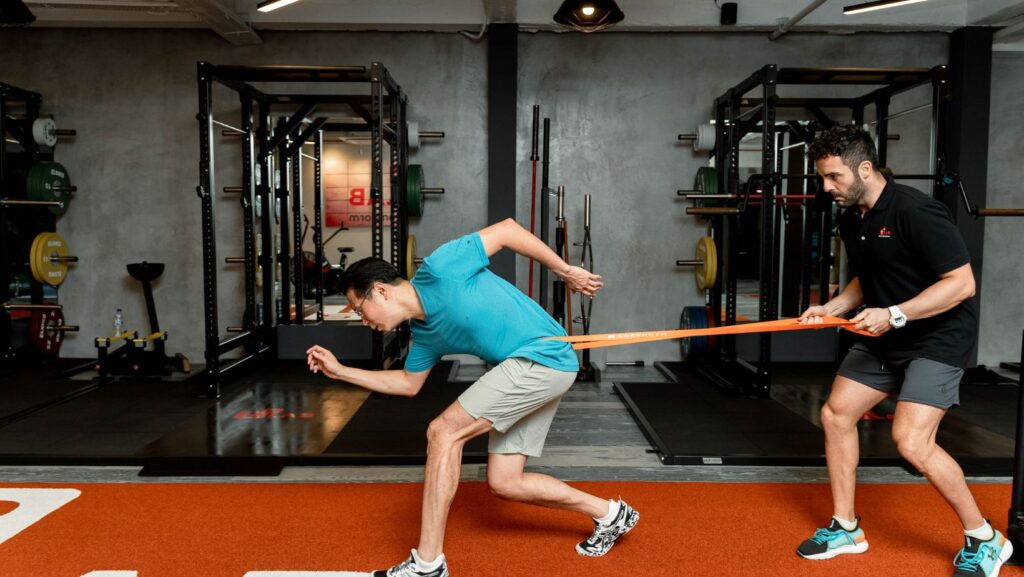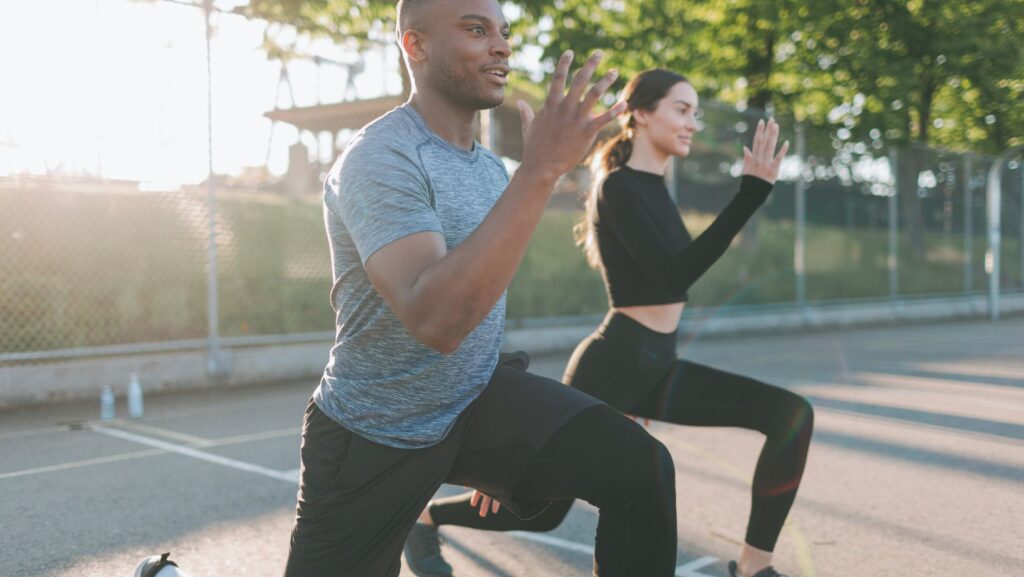Fitness Programs for Youth

In an age where digital screens dominate, it’s increasingly crucial to encourage our younger generation to embrace physical fitness. This article dives into the world of fitness programs specifically designed for youth, providing a roadmap for parents and educators alike.
These programs aren’t just about getting kids moving—they’re about instilling lifelong habits of health and wellness. They’re about teaching kids the value of physical strength, endurance, and the sheer joy of movement. Stay tuned as we explore the best fitness programs for youth, their benefits, and how to choose the right one.
With the right fitness program, every child can discover the fun in fitness and the power of a healthy lifestyle. Let’s dive in and find out how to make that happen.
Benefits of Fitness Programs for Youth
As the sun sets on digital predominance, there’s a rise in the importance of fitness programs specifically tailored to young people. The benefits of these fitness programs aren’t confined to mere physical health, they extend to mental and emotional well-being too.
Physical Health Improvements

When it comes to physical health bonus points, participation in youth fitness programs offers a plethora. Several research studies assert that these programs provide much more than a physical outlet for energy. They’re designed to improve cardiovascular endurance, increase muscular strength, and refine flexibility. For instance, the Centers for Disease Control and Prevention underscored that children and adolescents performing 60 minutes of moderate to intense physical activity daily demonstrated substantial health benefits. Clearly, fitness programs make strides towards facilitating these improvements.
Mental Well-being Enhancements
Beyond the physical realm, fitness programs provide a stepping stone towards improved mental health. Participation in such programs facilitates improved concentration, gives a boost to self-esteem, and curbs symptoms of depression and anxiety in young people. A study by the American Academy of Pediatrics indicated that children who had regular physical activity showed improved attention span, enhanced academic performance, and greater overall mental well-being, when compared to their less active peers. Hence, it’s evident that fitness programs can play a major role in shaping the mental health dimensions for the youth.
Key Components of Effective Youth Fitness Programs
An effective youth fitness program comprises several essential elements. Tailored activities by age group and incorporation of fun and social elements form the cornerstone of such programs.
Tailored Activities by Age Group
In devising and implementing an effective fitness program, it’s crucial to consider the differing needs of each age group. Exercise regimes for toddlers (1–3 years) largely focus on unstructured play and simple movement-based activities. For preschoolers (3–5 years), structured play starts to play a role, with an emphasis on exploring a variety of movements.
As children progress into their school-age years (5–10 years), balanced coordination activities come into play. These activities include team sports or swimming lessons, which refine and develop fitness-related aspects such as muscular strength, endurance, and flexibility. Teens (10–19 years) expand their scope to include strength and resistance training components, promoting muscular development and endurance.
Incorporating Fun and Social Elements

Inclusion of fun and social elements represent the heart of successful youth fitness programs. Fitness, overshadowed by amusement, fosters enjoyment which in turn discourages disinterest. Elements of fun, such as games or competitive activities, encourage participation and longevity in the program. Similarly, the social aspect of these fitness programs encourages building team spirit, hard work, and camaraderie among the attendees. Merging fitness with play and social interaction cultivates a positive attitude toward physical activity, making it a part of their lifestyle rather than a chore.
Promoting youth fitness isn’t just a trend; it’s a vital mission that has far-reaching benefits. When communities invest in tailored programs, they’re not just boosting physical fitness levels. They’re enhancing the overall health of their young individuals, setting them up for lifelong success. The case studies from Melbourne, Toronto, Harlem, and London serve as shining examples of the transformative power of these initiatives. They reveal a compelling truth: accessible and community-driven fitness programs can indeed make a difference. It’s about more than just overcoming challenges; it’s about shaping healthier, happier futures for our youth. The time to act is now. Let’s champion youth fitness programs and witness the profound impact they can have on the next generation.

